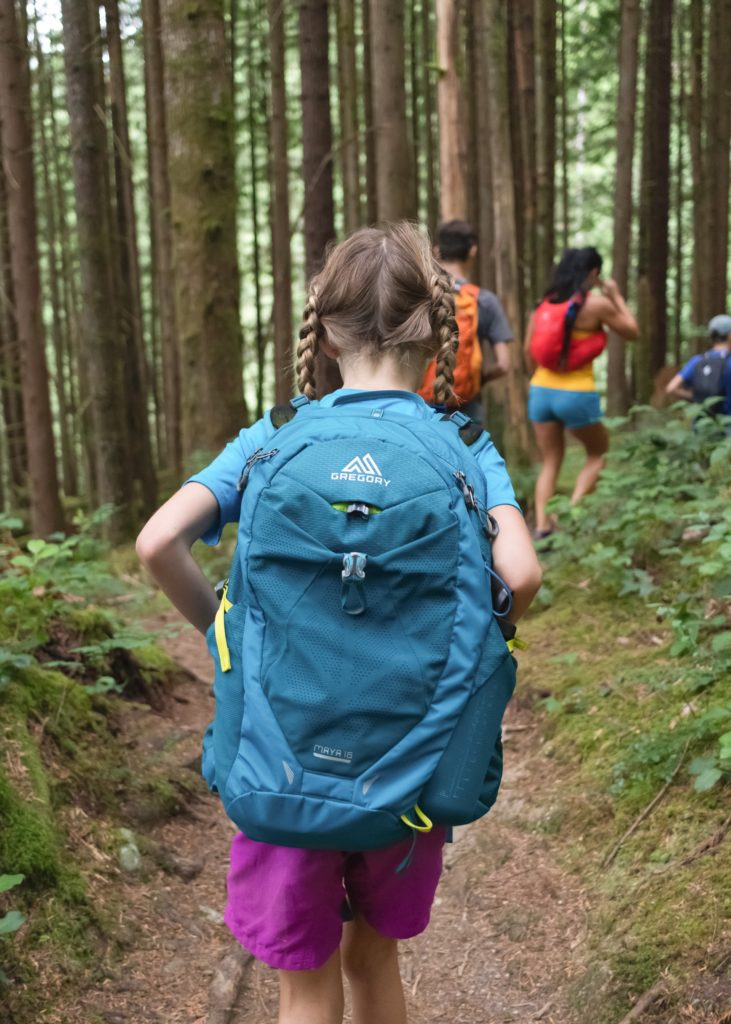
Summer’s almost upon us and there are still so many questions for families as we face the COIVD-19 pandemic: Will there be camp this summer? Will we be able to travel? Has flying been ruled out? What about a trip to the beach?
It’s tempting to reassure our kids that life will return to normal soon, says child and adolescent psychologist Veronica Raggi, particularly as our state prepares to move into the first phase of a recovery plan. But we have to be honest with children and tell them there are some answers we don’t have.
Family brainstorm
Raggi is the owner of Brighter Outlook Cognitive Behavioral Therapy in Bethesda and a parent herself.
Since we don’t know yet what we have to look forward to, it’s a good time for families to brainstorm together. This generation of parents has “high expectations,” says Raggi, and we often think our vacations “need roller coasters and water slides.”
Without those choices, “families can come up with another plan for how they can enjoy their time together,” she says. “Ask your children, ‘What else might be options for us.’”
Day trips, hiking and camping maybe be reasonable activities, given the restrictions. And for days that we are stuck at home, it’s still important to make that time productive.
“Depression is associated with not moving forward with your values,” she says.
Kids get it
In her own household, her elementary-school-aged daughter is keeping up with online music lessons. Raggi also has ordered her a water color kit so her daughter can try her hand at painting.
At work, the clients who are doing well are the children “who are not flooded with extra information,” she says. “Their parents are keeping world events largely separate” and sharing what’s age appropriate.
Overall, her clients are bored and navigating minor frustrations, such as “too much together time.” They are annoyed with e-learning and its challenges. Most of these children are not too focused on the coronavirus, but are taking their roles seriously by wearing masks and avoiding friends, she says.
All of this is a good sign, she adds, and further proof of how resilient kids are.
Children thrive in structure, so as stay-at-home restrictions ease, it’s good to explain the new rules are by sharing the changes with calm and confidence. “This is what our family is going to practice now,” is one way of introducing the changes, Raggi says. Parents also should share that these changes are happening because conditions have improved.
It’s also important for both kids and adults to look for any positive in their situations. Kids may be missing their friends, but they may also be glad for more time with their dog. Or they may be happy that the pace of life is less frenetic now.
“We’re more resilient when we can look holistically and see both good and bad,” Raggi says.
More to read
- Take a break with these book suggestions.
- Check out this mom’s story.
- Try these parenting tips.








